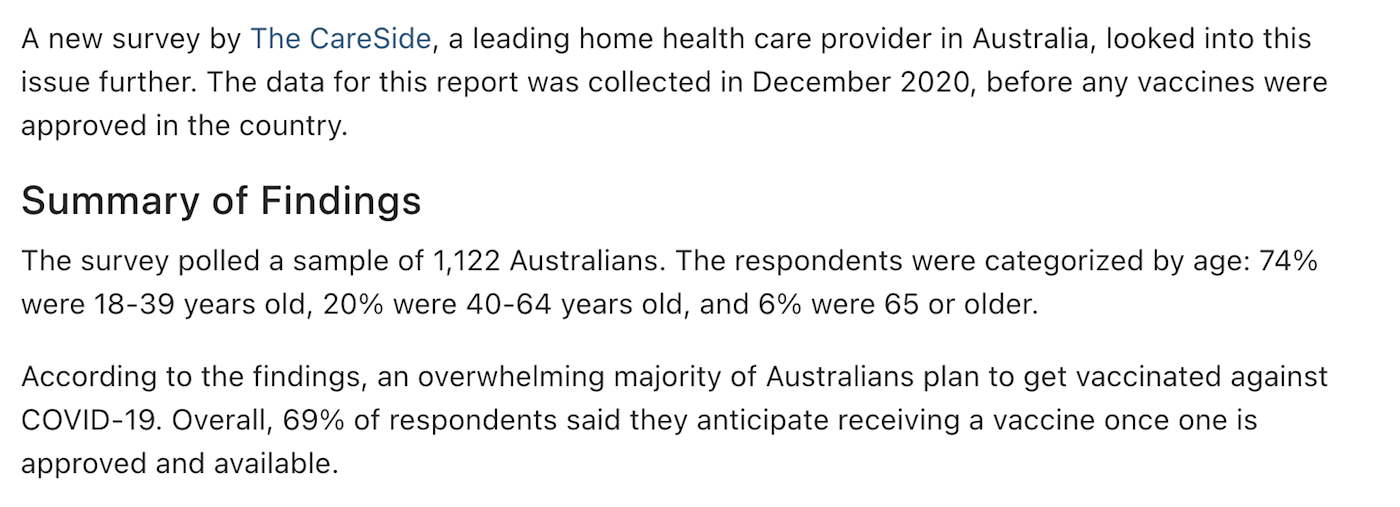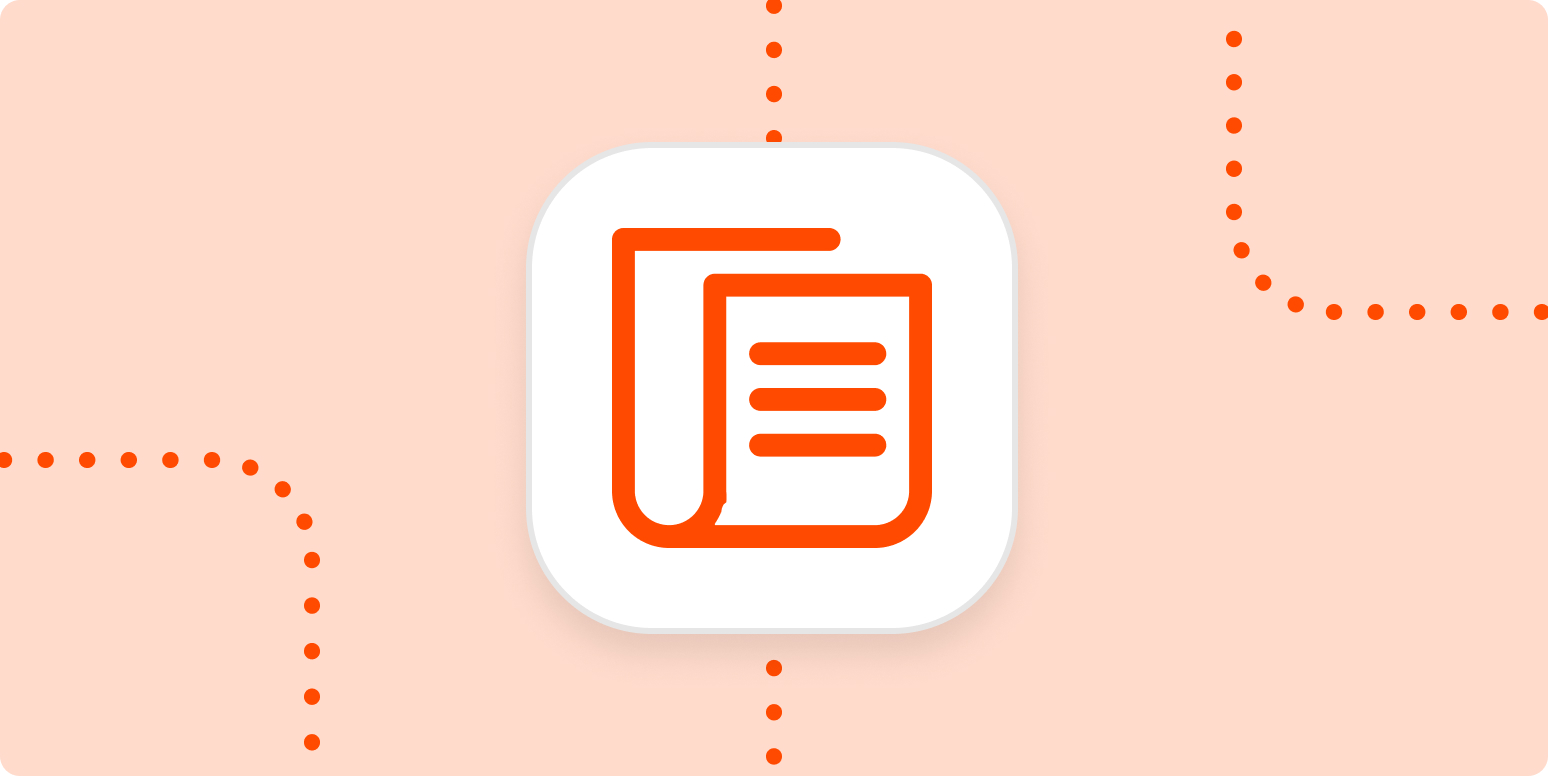Journalists have an insatiable need for solid data they can use to support their stories. In a world where everyone can start a blog and post whatever unsubstantiated opinion they have to a potential audience of millions, journalists have to work extra hard to provide their readers with stories supported by numbers and data.
Promote and publish your content with automation
It’s a sad state of affairs, but it presents a unique opportunity for marketing your business. When you provide journalists and other content creators with the data they need, they’re likely to cite your research as a source. If you manage that, you’ve tapped into a potential gold mine of ongoing press coverage for your company.
I’ve been doing this kind of data-driven public relations for my business, The CareSide, and it’s done so much for us. Here, I’ll walk you through why this method works, offer suggestions on how to do it effectively, and show you some examples of our own data-driven content marketing.
What is data-driven content?
Data-driven content is informed by data and research—usually collected using a form app, a web scraper, or by partnering with a market research firm. You then compile that data into a story for your target audience, post it on your blog, and circulate it to journalists via press releases, news wires, or cold outreach.

It’s no surprise journalists are attracted to content like this: stories and articles are stronger when statements are backed up by facts verified by original research. When you create data-driven content, you position yourself as a source for unique information that journalists can get from you, and you alone.
The benefits of data-driven PR
When journalists reference your research in their stories and link back to your content, it does a few key things:
-
Puts your brand in front of a highly targeted audience. Not only are you getting a spotlight on your brand for awareness, but you’re also getting highly qualified traffic that’s invited to engage with your brand.
-
Provides a signal to Google that your website is authoritative and trustworthy. That increases ranking potential to bring in more traffic. (It’s also a signal to readers that you’re a trustworthy source—that’s just as important.)
-
Builds valuable relationships with journalists. If journalists and news outlets feel they can trust you to consistently provide quality data and research for their stories, you can develop relationships with them: that one tier-one media mention for your latest survey can turn into many, many more.
How to execute a data-driven PR campaign
Data-driven PR content is hard work. It takes strategic planning and careful execution to do well. Here are some tips I’ve discovered in my work with it over the years.
1. Establish KPIs
As with any marketing campaign, you should have a clear vision of success before you get down into the details. Have a clear, objective-first definition of how you determine the success of your campaign with measurable key performance indicators (KPIs).
Good KPIs for data-driven PR content can include:
-
Press mentions and backlinks earned from other websites
-
Social media shares and mentions
-
Improved rankings from target keywords
-
Branded search volume as a proxy for brand awareness
2. Try to get dofollow backlinks
This one’s mostly for SEO-related purposes. Any press coverage you get is most effective when the media outlets that reference your research use a dofollow link.
This won’t always be possible—it’s ultimately up to the journalist and their editor to decide when and how to link to your website. And, of course, press coverage is better than no press coverage, and even nofollow links can bring referral traffic and serve as social proof. Still, it’s worth looking for outlets that offer dofollow links.
3. Tell a story with your data
Journalists, PR professionals, and marketers all share one common language: the art of storytelling.
At the end of the day, what journalists are after isn’t data, but stories. The data and research that you’re providing them is a means to that end. So you need to be sure you’re presenting your research in a way that matters to their audience. Why should they care? What story does your research tell? Start with the big picture, lead into the important details, then end with the big takeaway.
Here are a few more things to do when crafting your story:
-
Summarize your data in a single, self-contained headline that people can latch onto easily: a hook that drives home the importance of your story in 10 words or less.
-
Be clear about what makes your content newsworthy: what makes it first, better, or different? Are you the first person to break this story? How is your research and data new compared to the other information out there on the topic, and what does it add to the conversation around it?
-
Use visuals: the best reports use infographics or charts to tell their story in a visual way. Visuals are universal and create immediate impact.
Examples of successful data-driven content marketing
Our Australia-based elderly care provider business has successfully executed on data-driven PR several times—and we’re still reaping the benefits.
To date, we’ve released three different survey reports that have been referenced by healthcare trade publications with more than 100,000 visitors a month, bringing some of that traffic back to us.
Last year, we conducted a survey on whether or not Australia could achieve herd immunity against COVID-19. Our poll sampled 1,122 Australians. We asked respondents the following questions:
-
If the COVID-19 vaccine were approved, do you plan to get it?
-
Do you believe the Australian national government has handled the COVID-19 pandemic well?
Our study was linked to by several news publications, including Mirage News, which gets hundreds of thousands of views each month.

Flash forward a year later, and we published a report on how Australians want to age in place. The survey got us backlinks from some of the biggest names in our industry, including Aged Care Online and StartsAt60.

When it comes to backlinks, it’s all about quality over quantity. It’s much more important where the links come from than how many you get, and you can’t beat a backlink from a verified news source.
Of course, this isn’t unique to our experience either. Some of the biggest and most popular blogs on the internet, including Zapier’s, incorporate surveys, research reports, and other kinds of data-driven content into their content strategy.
This was a guest post by Gareth Mahon, the co-founder and CEO of The CareSide, a home care and disability support services provider with offices throughout Australia. Want to see your work on the Zapier blog? Read our guidelines, and get in touch.
[adsanity_group align=’alignnone’ num_ads=1 num_columns=1 group_ids=’15192′]
Need Any Technology Assistance? Call Pursho @ 0731-6725516







